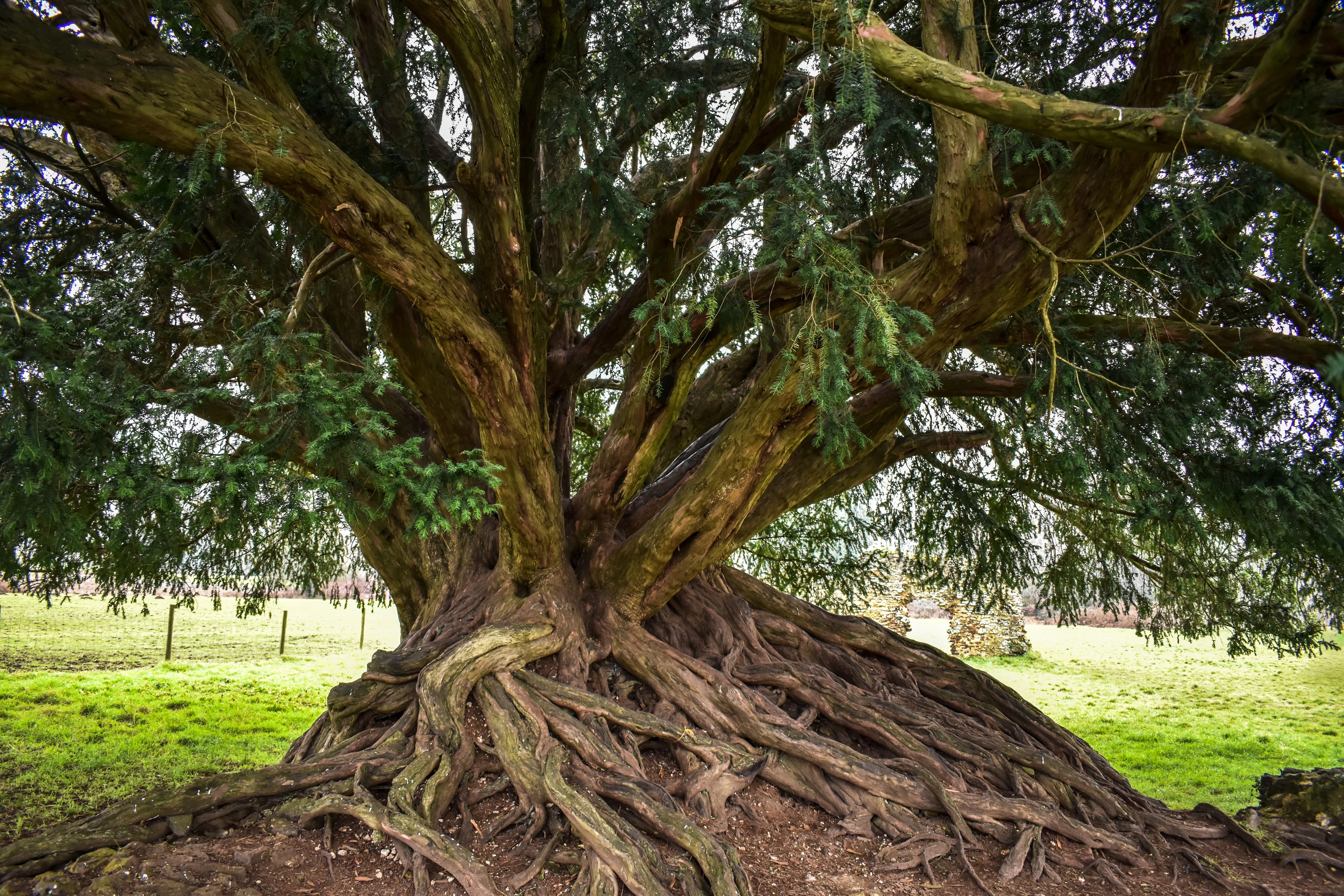Nurturing Economic Stability: Unveiling Agroforestry's Long-Term Contribution
Explore how agroforestry investments contribute to long-term economic stability. Discover the benefits of agroforestry investments, including tax savings and the potential for tax-free retirement income. Uncover how agroforestry fosters sustainable economic growth, diversifies income streams, and creates a stable foundation for long-term financial stability.

Introduction:
In an ever-changing economic landscape, finding investment options that offer long-term stability is paramount. Agroforestry, a sustainable land management practice, provides a unique opportunity to invest in a resilient and stable economic future. By integrating trees into agricultural systems, agroforestry offers a range of benefits that promote sustainable economic growth, diversify income streams, and create a solid foundation for long-term financial stability. This article aims to explore how agroforestry investments contribute to long-term economic stability. We will delve into the advantages of agroforestry investments, including tax savings and the potential for tax-free retirement income, while highlighting how agroforestry fosters sustainable economic growth and secures a stable financial future.
1. Understanding Agroforestry:
Agroforestry involves the intentional integration of trees with agricultural crops or livestock. It creates diverse and resilient systems that provide a multitude of economic benefits.
2. Economic Benefits of Agroforestry Investments:
a) Diversification of Income Streams: Agroforestry investments offer the advantage of diversifying income streams. As trees mature, they yield valuable products such as timber, fruits, nuts, or medicinal plants. This diversification reduces reliance on a single source of income and mitigates the risk associated with market fluctuations.
b) Sustainable Agricultural Production: Agroforestry promotes sustainable agricultural practices, leading to increased productivity and profitability. The presence of trees improves soil fertility, conserves water, and reduces the need for synthetic inputs, resulting in cost savings and improved economic efficiency.
c) Job Creation and Rural Development: Agroforestry investments contribute to job creation and rural development. The establishment and maintenance of agroforestry systems require skilled labor, providing employment opportunities in rural areas. This stimulates local economies and enhances social well-being.
3. Environmental and Social Benefits:
a) Environmental Stewardship: Agroforestry investments demonstrate a commitment to environmental stewardship. By investing in sustainable land management practices, such as agroforestry, investors contribute to biodiversity conservation, carbon sequestration, and climate change mitigation. This aligns with sustainable development goals and enhances the overall value of the investment.
b) Social Impact: Agroforestry investments have a positive social impact by supporting local communities and fostering social resilience. The integration of trees into agricultural landscapes enhances the well-being of local populations through improved access to nutritious food, diversified income opportunities, and increased community cohesion.
4. Agroforestry Investments: A Foundation for Economic Stability:
a) Financial Returns: Agroforestry investments offer attractive long-term financial returns. As trees mature, they provide a sustainable income stream through the sale of timber, fruits, or other tree-based products. This stable financial growth contributes to long-term economic stability.
b) Tax Savings and Incentives: Agroforestry investments often come with tax benefits and incentives. Governments recognize the environmental and social advantages of agroforestry and may offer tax deductions or reduced tax rates for agroforestry projects. Leveraging these incentives can lead to significant tax savings for investors.
c) Potential for Tax-Free Retirement Income: Agroforestry investments provide the potential for tax-free retirement income. As trees reach maturity and generate revenue, the income can supplement retirement funds without incurring income tax. This offers financial security and stability during retirement, providing a solid foundation for long-term economic stability.
Conclusion:
Agroforestry investments offer a pathway to long-term economic stability by promoting sustainable economic growth, diversifying income streams, and creating a solid foundation for financial security. Agroforestry contributes to sustainable agricultural practices, job creation, rural development, and environmental stewardship, aligning financial growth with a commitment to sustainability. By embracing agroforestry as an investment option, we can secure a stable economic future while making a positive impact on the environment and society.
































































































































